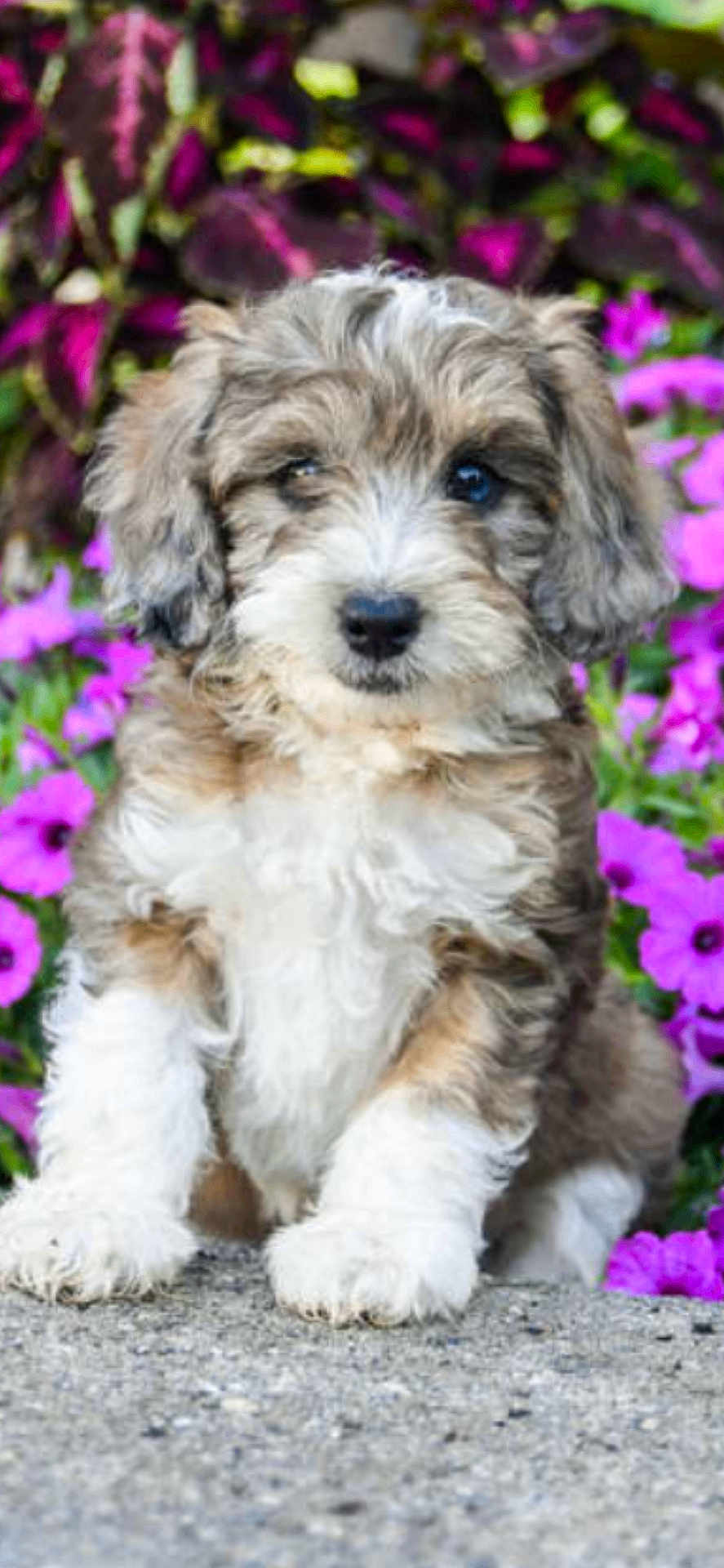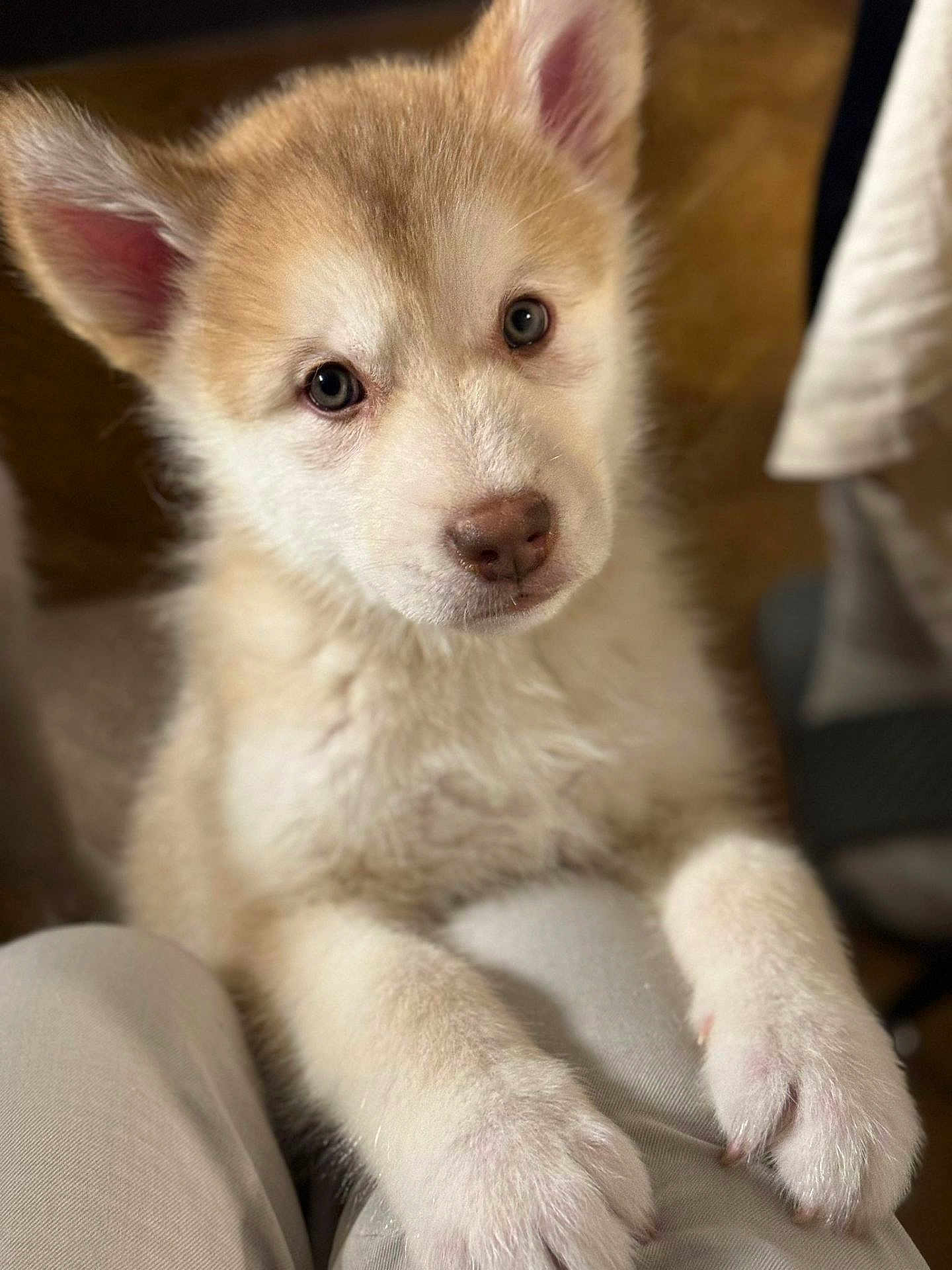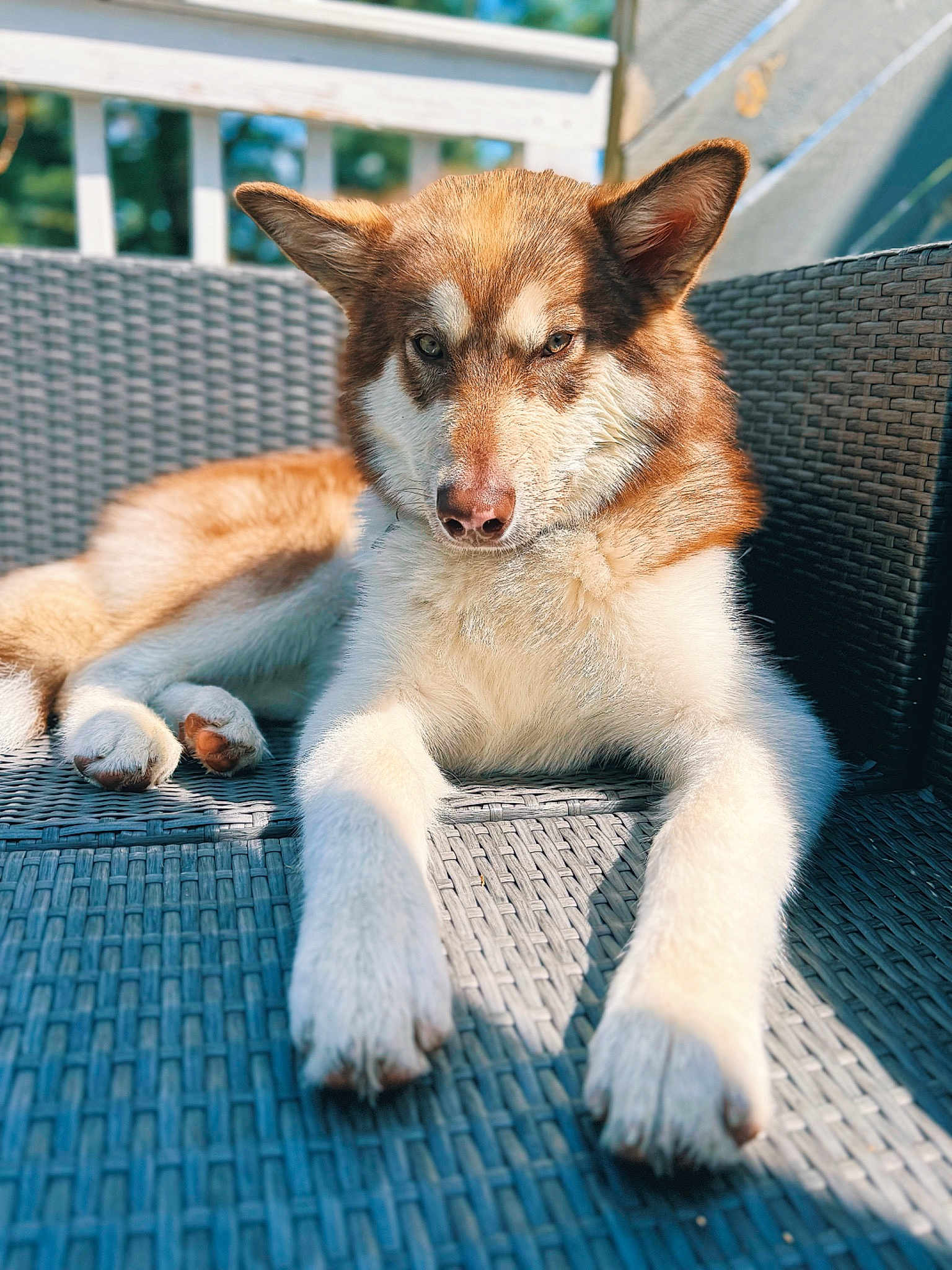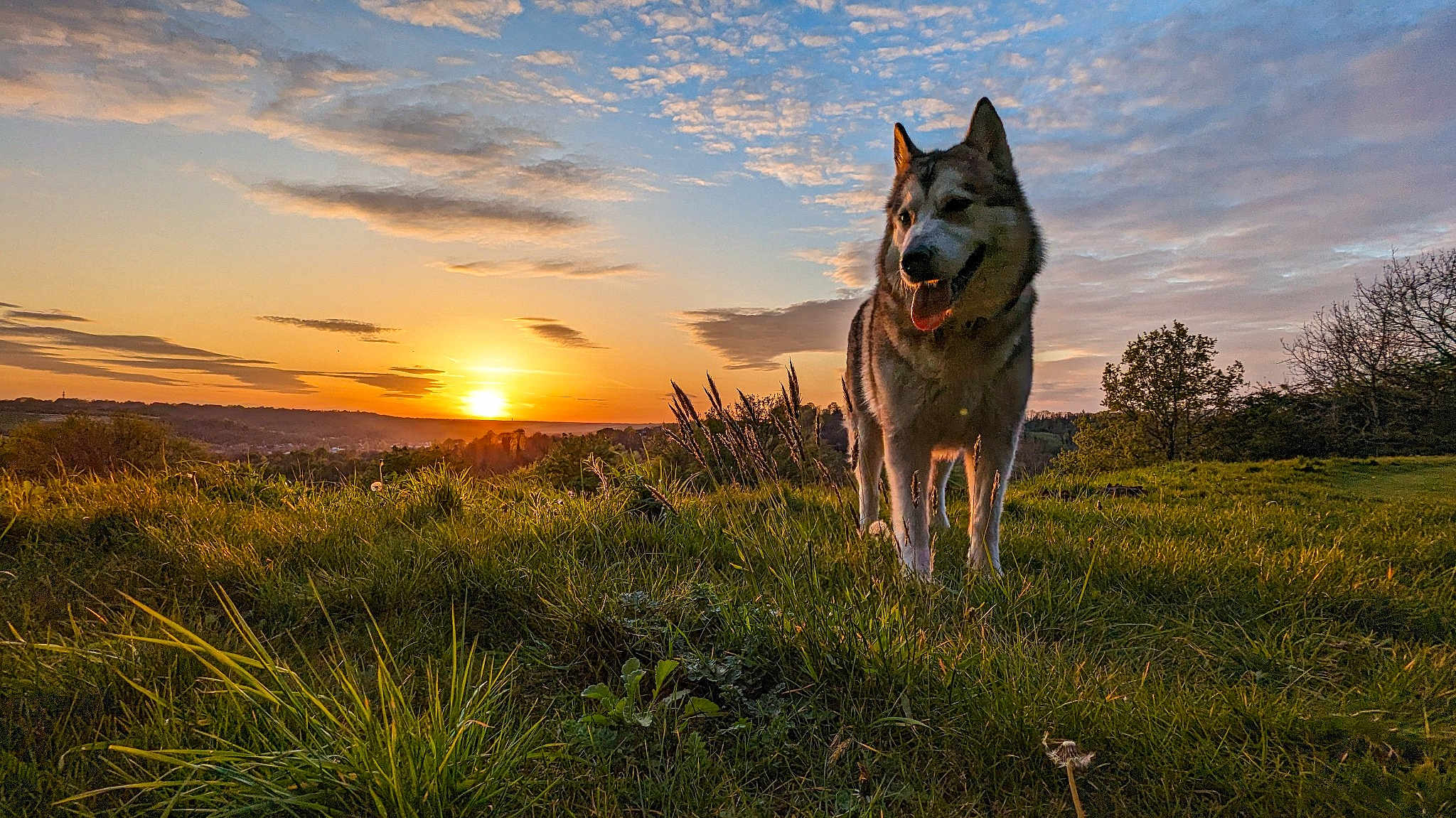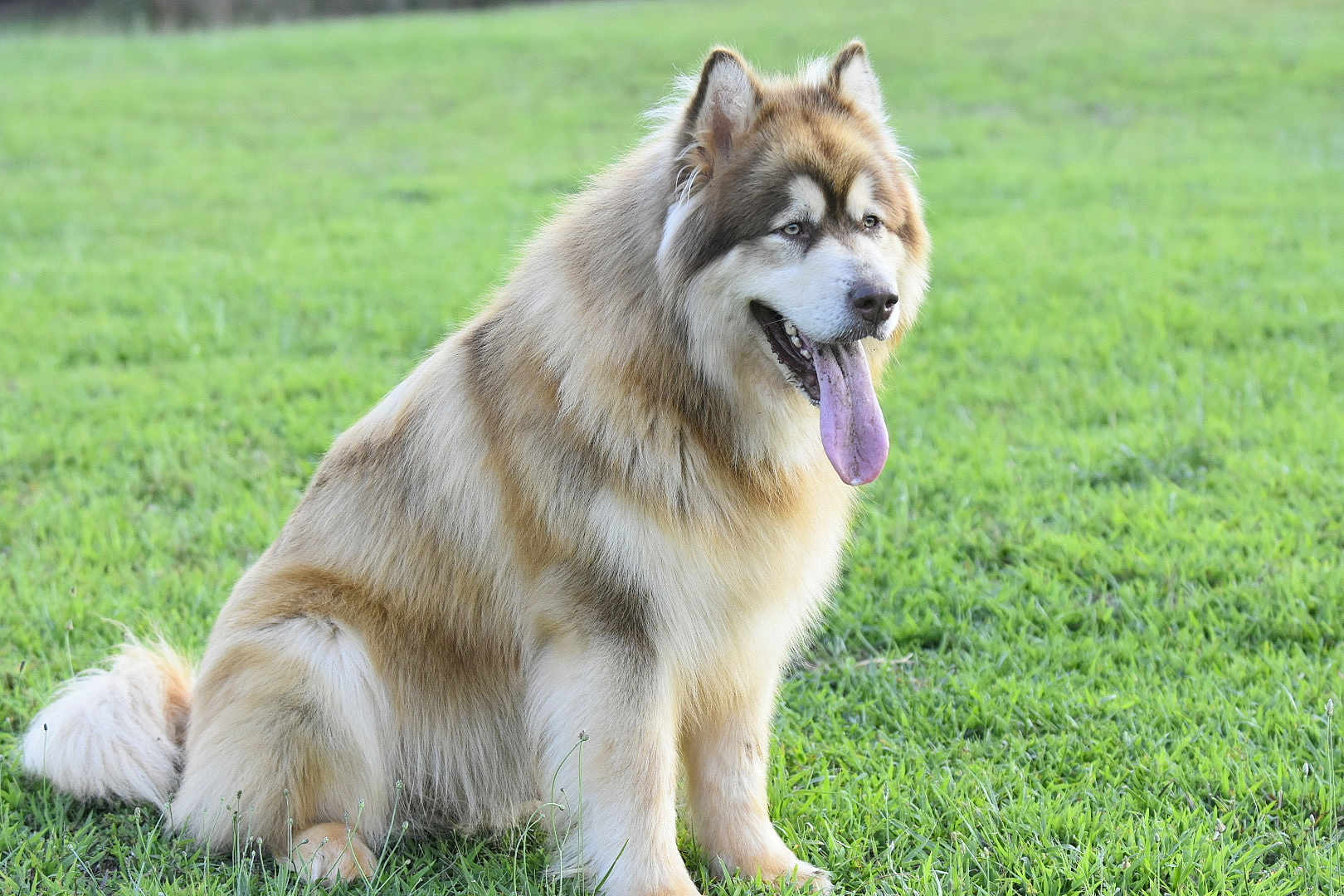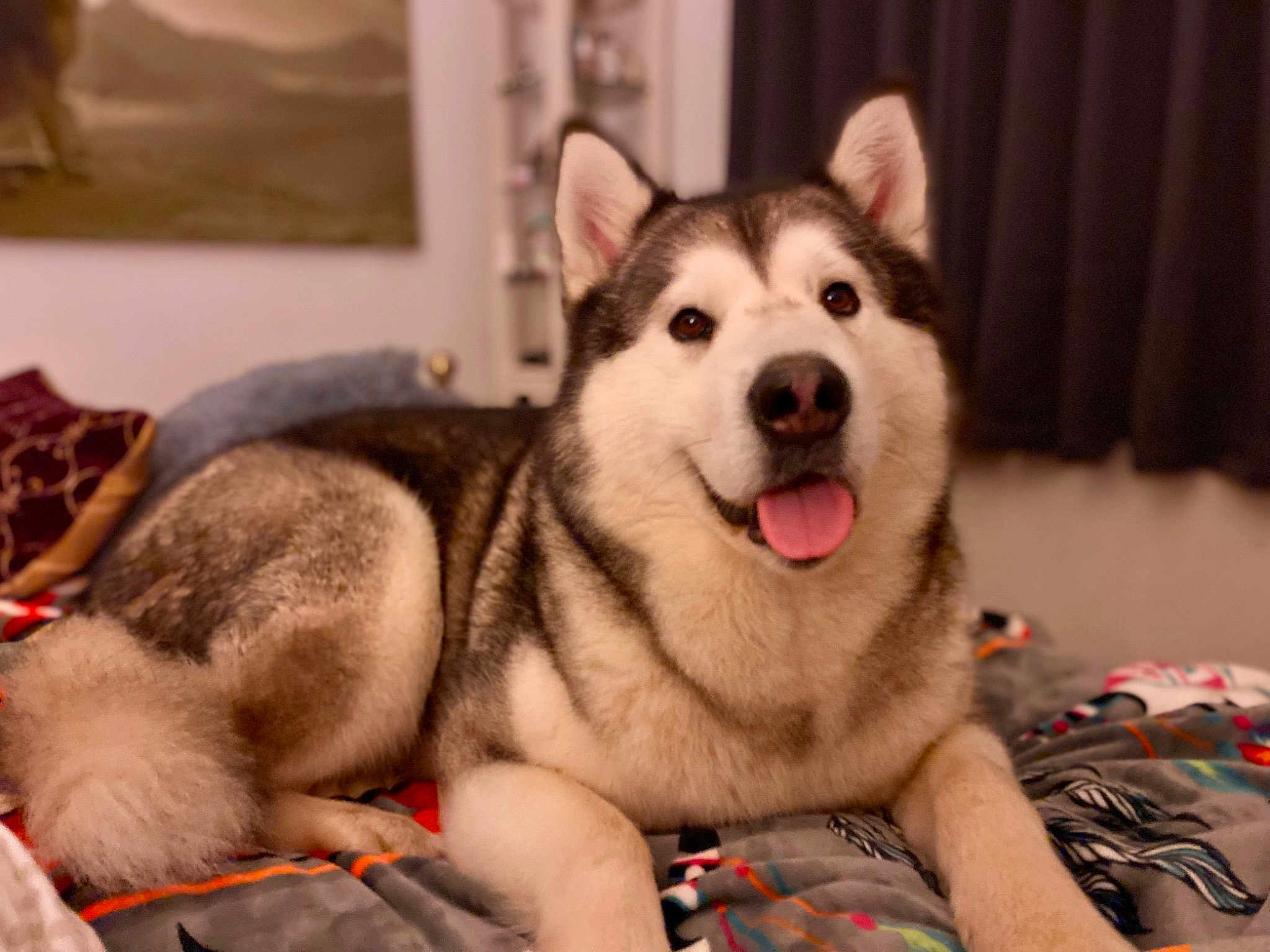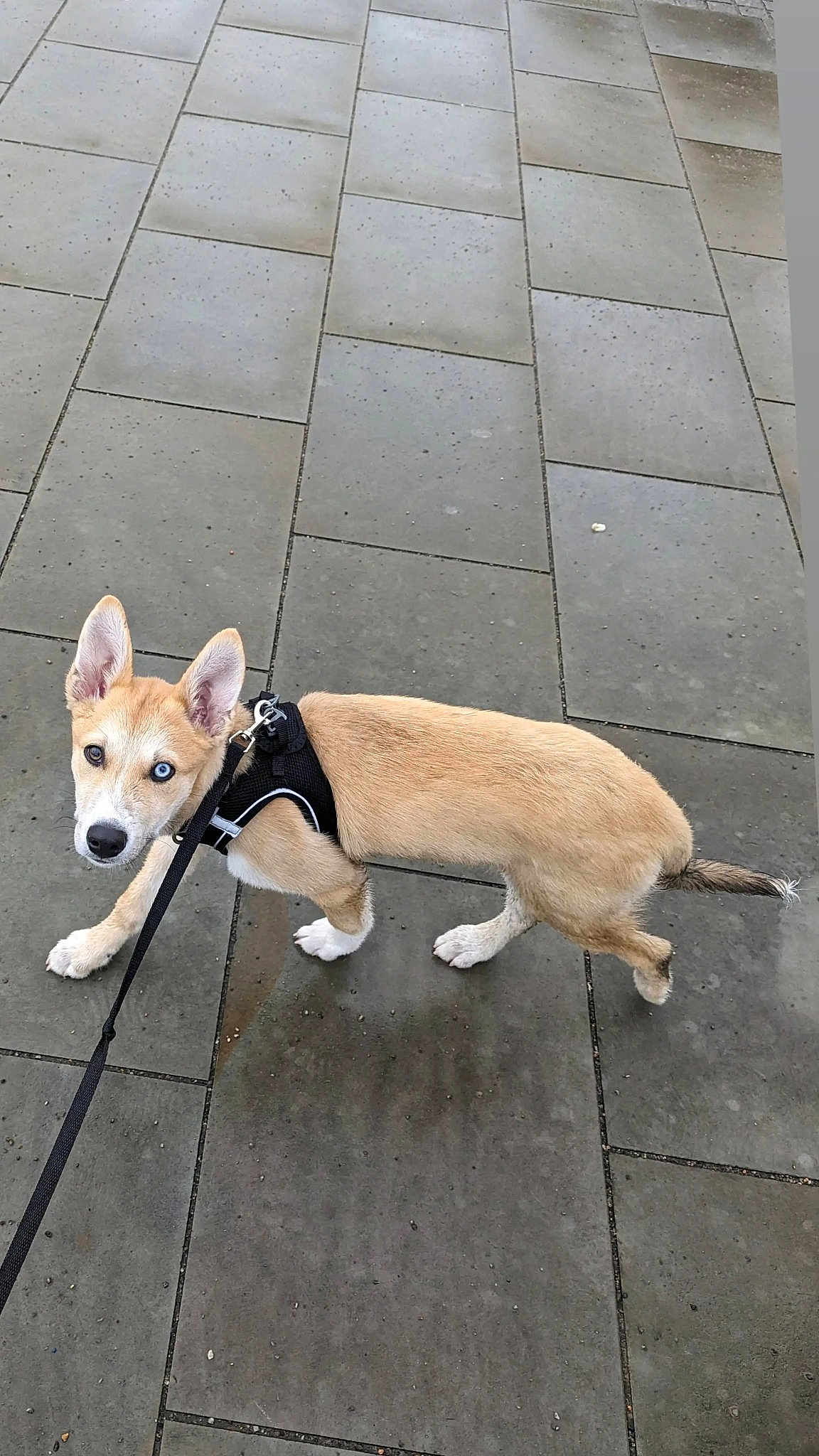
"The Alaskan Malamute is a Gentle Giant, known for its strength, endurance, and friendly disposition."
The world of dog breeds is wonderfully varied and diverse, each breed bringing its own unique history, characteristics, and charm. For dog lovers and potential pet owners looking to find a breed that perfectly fits their lifestyle and personality, the Alaskan Malamute stands out with its remarkable traits and storied past.
Personality and Behavior of the Alaskan Malamute
Perhaps best known for its role in the polar regions, hauling sleds and freight over long distances, the Alaskan Malamute is much more than just a working dog. This breed is characterized by its friendliness, strong will, and a vivacious demeanor. Alaskan Malamutes are renowned for their gentle and affectionate nature, making them excellent companions for families.
The personality of an Alaskan Malamute is often described as loyal and playful. They are pack animals at heart, thriving on social interaction and forming strong bonds with their human families. They enjoy activities that engage both their minds and bodies, such as agility exercises and outdoor adventures.
Despite their gentle nature, Alaskan Malamutes can also be somewhat independent and strong-willed. This trait requires owners to establish a clearly defined pack hierarchy, ensuring the dog understands its place within the family structure. Malamutes are known for their intelligence, but this can sometimes translate into stubborn behavior if not properly managed.
Their friendly and outgoing disposition doesn't extend just to their immediate family; Alaskan Malamutes are generally genial towards strangers and other animals when properly socialized. However, their strong prey drive means that early training and socialization are particularly important to avoid any unwanted hunting behaviors.
Alaskan Malamutes have been companions to humans for over 4,000 years, working alongside the Mahlemut people in northwestern Alaska.
Meanings, History and Origins of the name Alaskan Malamute
The name "Alaskan Malamute" is deeply rooted in the breed's history and purpose. "Alaskan" aptly reflects the breed's geographic origin — the frosty terrains of Alaska. Meanwhile, "Malamute" is a nod to the Mahlemut, an Inuit tribe in northwestern Alaska. The Mahlemut people relied heavily on these powerful dogs for survival in harsh arctic conditions, using them to haul sleds, assist in hunting, and provide companionship.
Alaskan Malamutes are one of the oldest Arctic sled dog breeds, with genetic connections seen to canines from antiquity. Their sturdy build, coupled with an undercoat designed to withstand extremely low temperatures, highlights their purpose as robust working dogs. However, over time, they have seamlessly transitioned into affectionate companions in homes around the world.
The breed's lineage includes contributions from the Siberian Husky, another well-known sled dog. However, the Alaskan Malamute is distinct in its larger size and endearing demeanor. The Mahlemut tribe's careful breeding practices emphasized the dog's strength, endurance, and capacity to work harmoniously with humans, thus shaping the modern Alaskan Malamute's characteristics.
Popularity of the Alaskan Malamute
The Alaskan Malamute has seen consistent popularity, particularly in colder regions where its working capabilities and resilience are most valued. Beyond their traditional roles, Malamutes have found homes as loving pets in various climates, thanks to their charming personality and imposing, yet friendly, appearance.
In English-speaking countries, particularly the United States and Canada, the Alaskan Malamute is a well-loved breed. It ranks consistently within the mid-range of popular breeds, admired for its combination of strength, loyalty, and family-friendly qualities. Additionally, their striking appearance and wolf-like features often capture the attention and hearts of potential dog owners.
Globally, Alaskan Malamutes enjoy popularity in countries with cold climates, such as Russia, Norway, and Sweden. However, they are also found in more temperate regions, adapting well to different environments as long as their exercise and social needs are met. Their imposing stature and fluffy coat make them a favorite in dog shows and competitions, further pushing their visibility and appeal.
Health and Care of the Alaskan Malamute
Maintaining the health and well-being of an Alaskan Malamute involves understanding their specific needs and potential health issues. Malamutes are generally a healthy breed, but they can be predisposed to certain hereditary conditions. Common health concerns for this breed include hip dysplasia, hypothyroidism, and certain eye conditions like cataracts.
A balanced diet is crucial for maintaining their overall health. Given their size and energy levels, Alaskan Malamutes require a nutrient-rich diet, ideally comprising high-quality protein. Regular feeding schedules and portion control are essential, as this breed can be prone to overeating and subsequent weight issues.
Grooming is another critical aspect of caring for an Alaskan Malamute. Their thick double coat requires regular brushing to avoid matting and to control shedding, which can be quite extensive, particularly during seasonal changes. Bathing should be done as needed, generally every few months, to keep their coat clean and healthy without stripping natural oils.
Exercise is a pivotal part of an Alaskan Malamute’s daily routine. These dogs have high energy levels and need substantial physical activity, such as long walks, runs, and the opportunity to play in open spaces. Mental stimulation through interactive toys and training exercises can also help keep the Malamute content and well-behaved.
Training and Education of the Alaskan Malamute
Training an Alaskan Malamute can be both rewarding and challenging due to their independent and strong-minded nature. Early socialization is crucial, exposing the puppy to a variety of people, environments, and other animals to foster well-rounded behavior. Positive reinforcement techniques, such as treats and praise, are highly effective with this intelligent breed.
Consistency is key in training Malamutes. Establishing clear rules and boundaries helps mitigate their natural curiosity and occasional stubbornness. Patience and persistence will yield the best results, as abrupt or harsh methods could lead to resistance or fear. Obedience training can be complemented by agility exercises, which cater to the breed's athleticism and desire for stimulation.
House training should begin at a young age. Crate training is also beneficial and can provide the dog with a sense of security. Regular training sessions should be kept engaging and varied to maintain the Malamute’s interest. Training should also include impulse control exercises to manage their prey drive, ensuring they respond reliably to commands even in distracting environments.
Alaskan Malamutes tend to do well in group training settings, which can offer additional socialization. Regular interaction with other dogs and people can help reinforce good behavior and reduce tendencies towards dominance or territoriality.
Selecting the right dog breed involves considering several factors, such as your living space, lifestyle, and personal preferences. If you live an active life, enjoy outdoor activities, and have enough space to accommodate a large, energetic dog, the Alaskan Malamute could be an excellent fit. Their loyalty, intelligence, and loving nature make them fantastic companions for families and individuals alike.
...
The evocative allure of dog breeds like the Alaskan Malamute speaks volumes about the joy and fulfillment a pet can bring into our lives. At KingPet, we frequently see Alaskan Malamutes participating in our contests, showcasing their striking beauty and charming personalities. Choosing the right dog breed is a delightful journey, and if the qualities of the Alaskan Malamute resonate with you, this breed could be an incredible addition to your home.


































